You might want to replace the bathtub during a bathroom remodel. Here’s what to consider before buying.
8 Types of Bathtubs: How to Choose the Right One
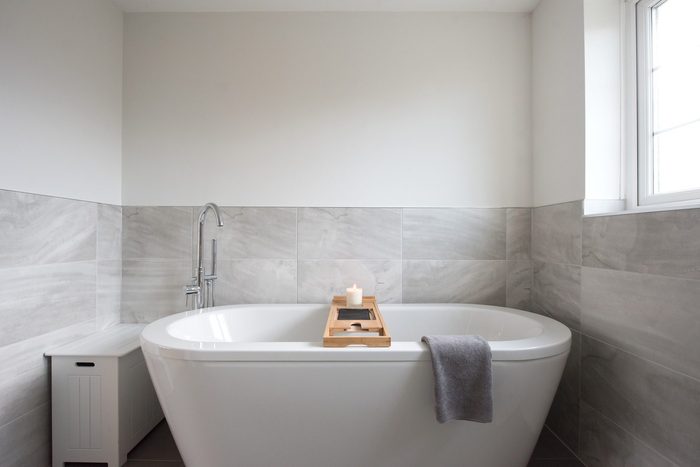
Types of Bathtubs to Consider
The bathroom can be just as beautiful as any other room. A bathroom’s paint, tile, flooring, light fixtures and bathtub all come together for a well-designed, relaxing space.
There are many types of bathtubs to fit many types of bathrooms. So before choosing one, consider your needs and your home’s specifications.
- How much space do you have? A typical bathroom with an alcove bath and shower combo probably isn’t big enough for a garden tub and a steam shower — unless you plan to knock down some walls.
- What is your water heater’s capacity? Whirlpool and soaking tubs take more water to fill. If your water heater can’t handle the demand, are you prepared to replace it?
- What is your floor’s capacity? A porcelain-enameled cast iron or a whirlpool tub is much heavier than a simple acrylic tub. If your floor can’t support the weight, can you reinforce it?
- How will you use the bathtub? If your kids are the only ones who will use it, a whirlpool or a deep tub may not be worth the extra cost. If you enjoy soaking with a book after raking leaves or shoveling snow, you may want more than a simple tub and shower combo.
Here are the types of bathtubs to consider, including installation styles, extra features and materials.
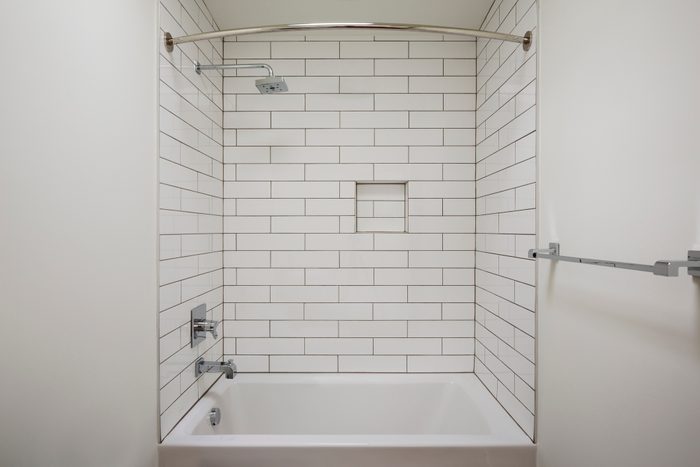
Alcove or Recessed Bathtubs
Alcove bathtubs are the most common installation style in the U.S. This type is recessed into a wall and surrounded on three sides. An alcove tub can be separate from a shower, but they’re usually a combo.
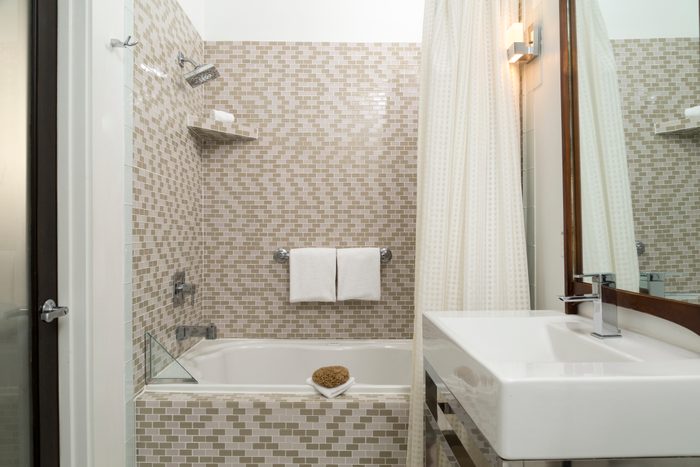
Tub and Shower Combos
With a tub and shower combo, the shower head sprays into the bathtub. This is another common choice, especially for bathrooms too small for a separate bath and shower. A tub and shower combo may use a shower curtain or glass shower doors.
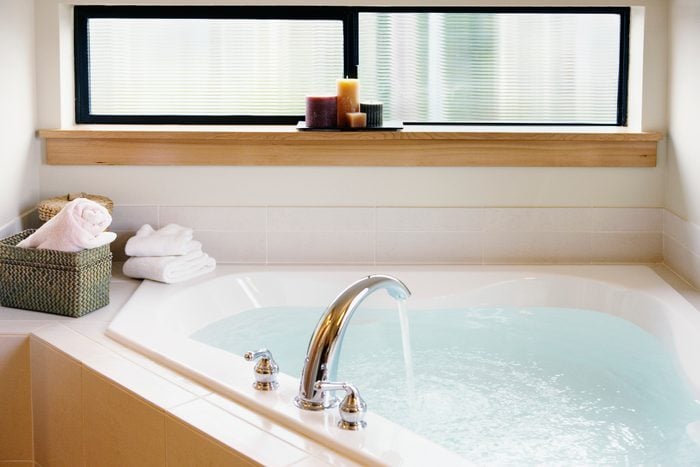
Corner Bathtubs
Corner bathtubs are typically separate from the shower, but not always. “Similar to alcove bathtubs, this type has a single frontal finished side and two unfinished sides to be put against the walls,” says Gerald Carpenter, a professional plumber and founder of Sanitary Review.
You’ll often see tubs set into a corner with a rounded face. Some have an angular face and, from above, look like a pentagon.
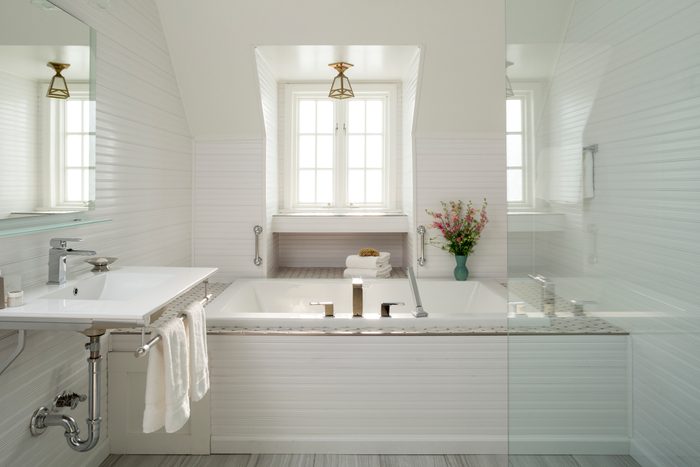
Drop-in Bathtubs
Drop-in bathtubs offer a lot of customization. They’re ideal for a custom tub deck. These tubs are surrounded by walls or flooring. “All the sides of this tub type are unfinished,” Carpenter says. “This design is versatile but requires a more complex installation.” You may see drop-in bathtubs in an alcove, a corner, or set directly into the floor. If you can’t stand the sight of your gross old bathtub, then reglazing your tub may be the better solution.
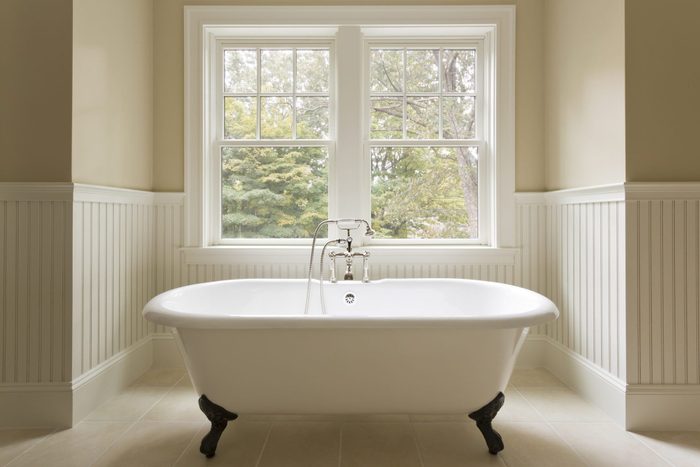
Freestanding Bathtubs
Freestanding bathtubs are finished on all sides and offer many designs and details. Think of clawfoot tubs and modern bowl-like tubs. They’re often larger and more luxurious than other types of bathtubs.
“They’re great for long immersion baths,” says Doyle James, president of Mr. Rooter, a Neighborly company. “Due to their depth and height, they are not ideal for children or those who may have difficulty getting in and out of the tub.”
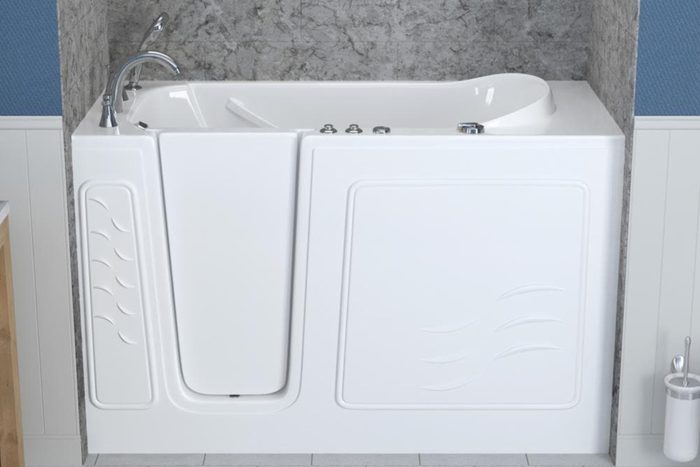
Walk-in Bathtubs
A walk-in bathtub is great for seniors and people who have difficulty entering and exiting other types of bathtubs. “It features a door, safety bars, and hydro massaging features,” Carpenter says. The door eliminates the need to step over a tub ledge, which can be slippery. Walk-in bathtubs can be installed as a tub and shower combo.
There’s one negative with this type: You must wait for the tub to drain completely before opening the door. So it requires a little more patience than the other styles on this list.
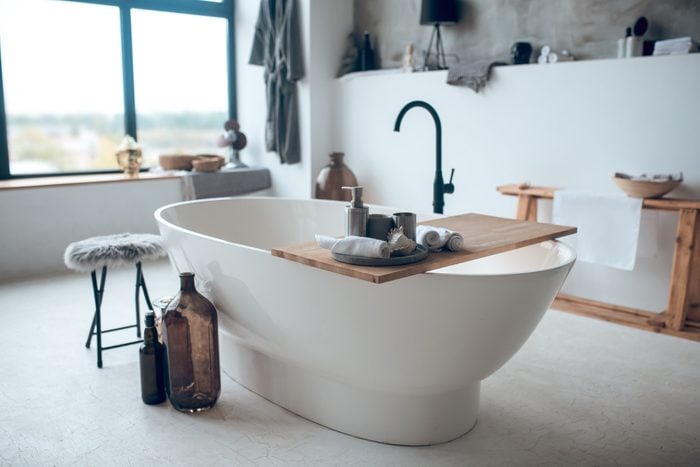
Garden Tubs
Garden tubs are the most luxurious option. They’re large, freestanding soaking tubs — and usually a bathroom statement piece. “Garden tubs were traditionally placed outside,” says James. “However, they’re now a versatile indoor option that can have steps, be above or below the floor or have whirlpool jets installed.”
You can install a garden tub in a spa-like bathroom where space isn’t an issue. Think of steam showers, waterfall shower heads, towel heaters and bathroom fireplaces.
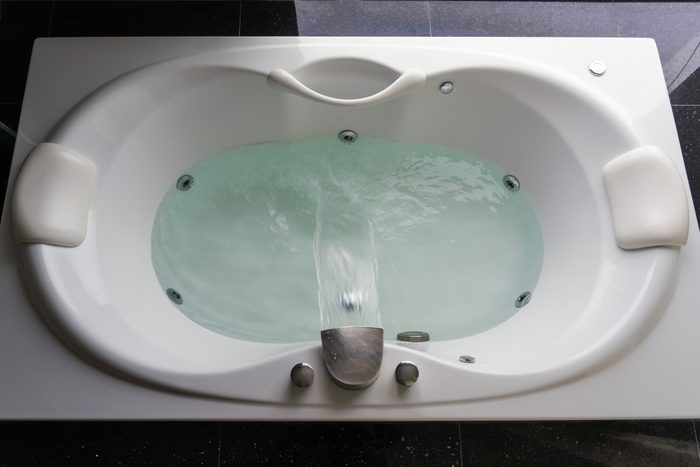
Jetted Tubs
Jetted tubs can be found in any of the bathtubs mentioned above. Like a hot tub, they have jets that massage and sooth sore muscles. There are two types of jetted bathtubs: whirlpool and air bathtubs.
Whirlpool bathtubs are the style most people know. Their jets shoot streams of water that, Carpenter says, “provide targeted hydromassage that can relieve muscle pain and strain.” Air jets shoot compressed air to create a bubbling sensation. It’s less for massage and more for relaxation.
The main issues with jetted tubs are cost and cleaning. They’re more expensive and difficult to install (here is your guide to DIY Whirlpool Tub Installation), and they take more effort to clean. “The pipes of a whirlpool tub should be flushed multiple times with powerful cleaners and each jet should be manually scrubbed with strong bristle brushes,” James says. Choose the right cleaners to avoid damaging the whirlpool features.
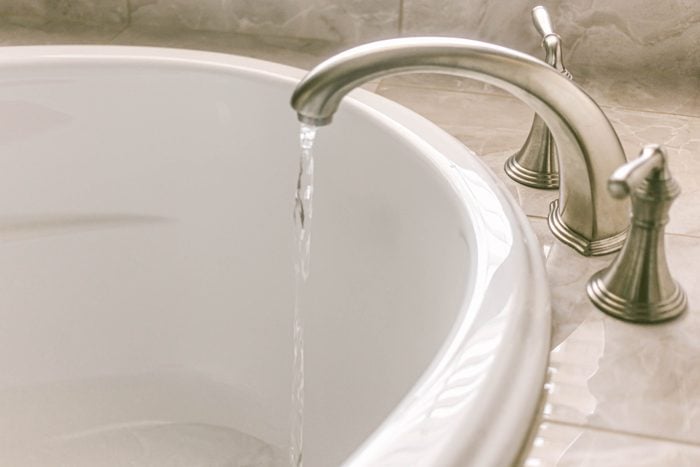
Types of Bathtub Materials
Besides shapes, sizes, features and installation, bathtubs materials can vary.
- Fiberglass bathtubs are inexpensive and easy to maintain, but they are not the most durable option. Fiberglass “is a thinner, more flexible material that may create an unstable surface feel,” James says. “It is also more prone to surface cracks, scratches, and discoloration over time.”
- Acrylic bathtubs are durable with many design options. “It’s a non-porous and more scratch-resistant option than fiberglass, but it has all the other drawbacks of the cheaper alternative, including warping,” says Carpenter. Acrylic bathtubs are also much more expensive than fiberglass.
- Porcelain-enameled cast iron or steel bathtubs are long-lasting. Steel is more affordable than cast iron. “There are limited design options when it comes to porcelain bathtubs,” says James. “They are often heavier than other options of fiberglass or acrylic.” Cast iron tubs also tend to cost more.
- Cast polymer bathtubs, such as cultured marble, are similar to solid surface countertops. They’re durable, stain resistant and come in various colors and shapes, James says. Although scratches and stains are less of a worry, cracks are a problem. “It may be impossible to repair without noticeable markings,” James says.
There are also some specialty bathtub materials, such as copper and stone. These are far less common and more expensive, so you might not find them at your local home improvement store.